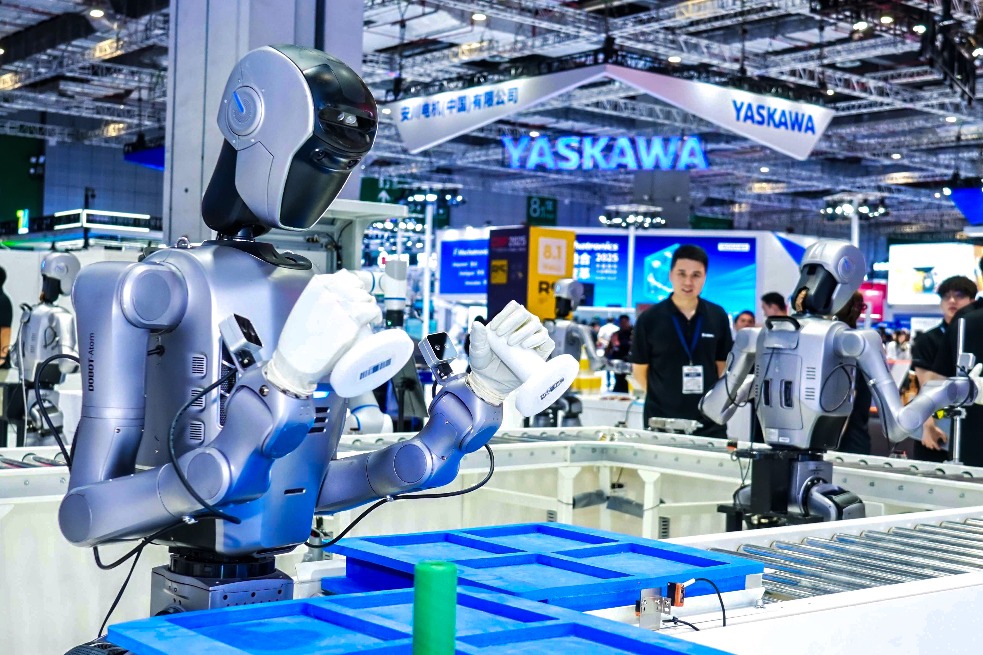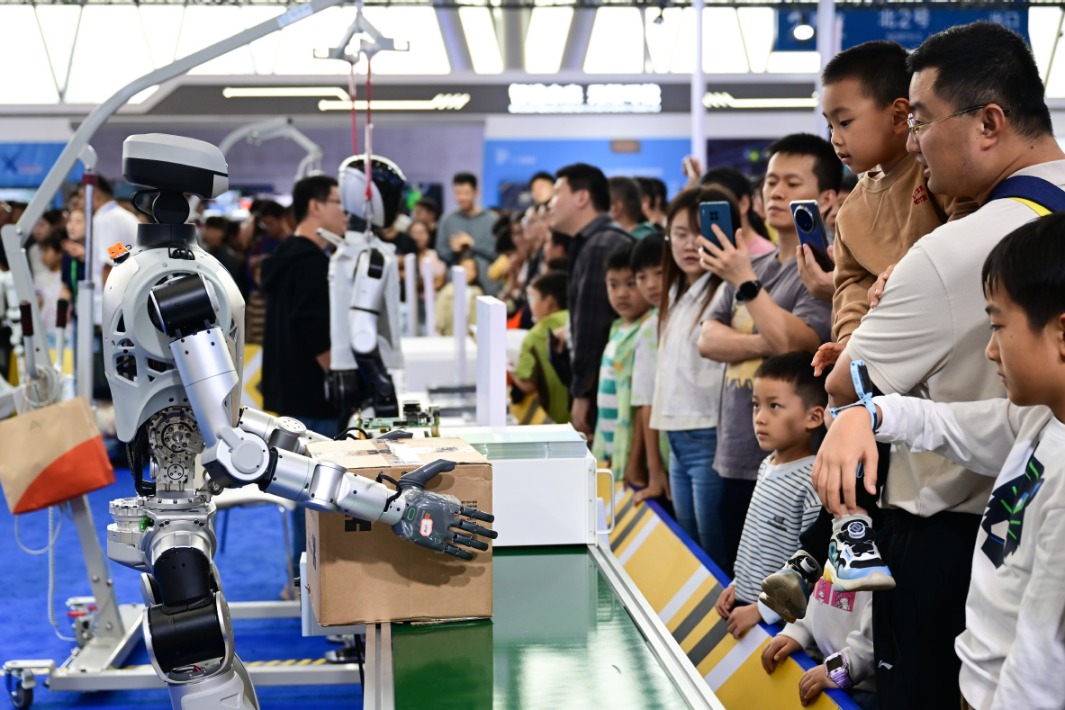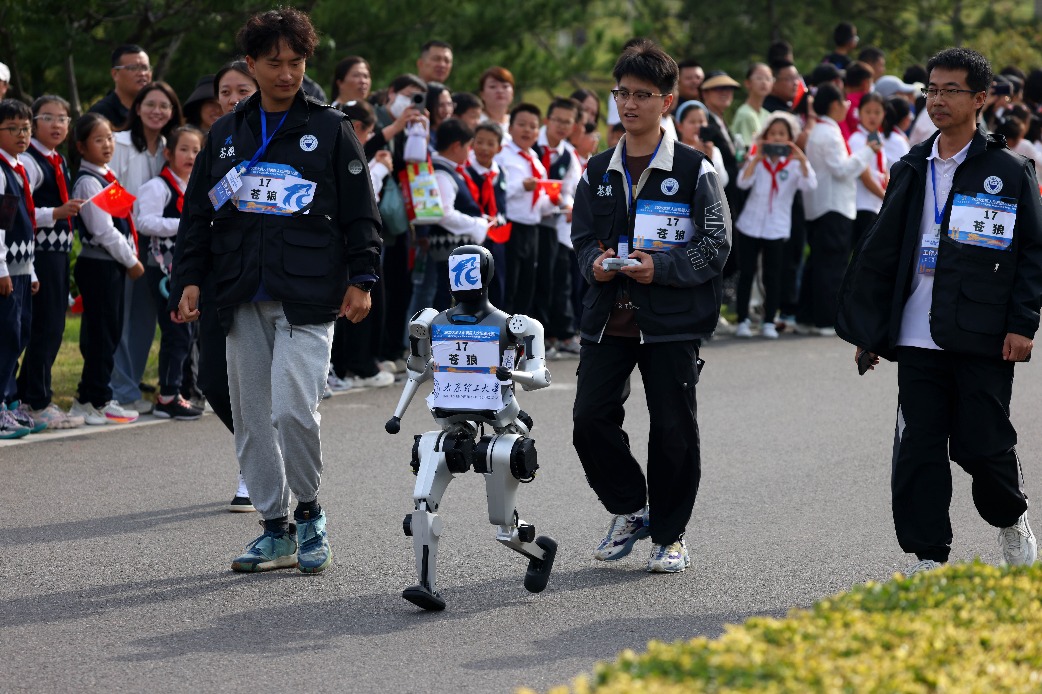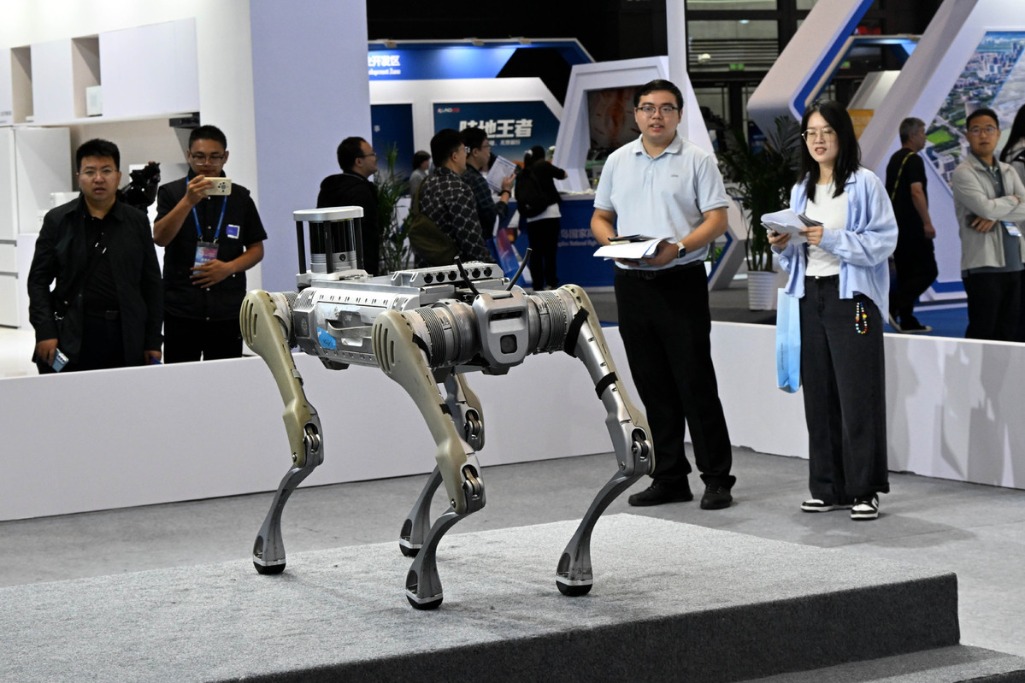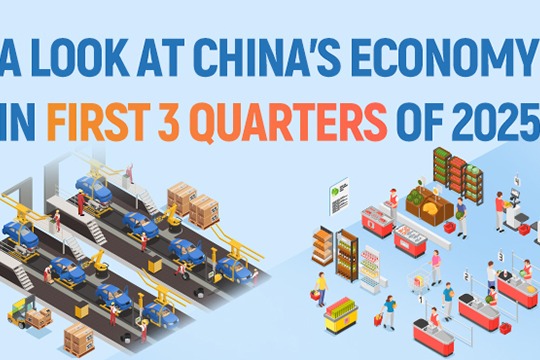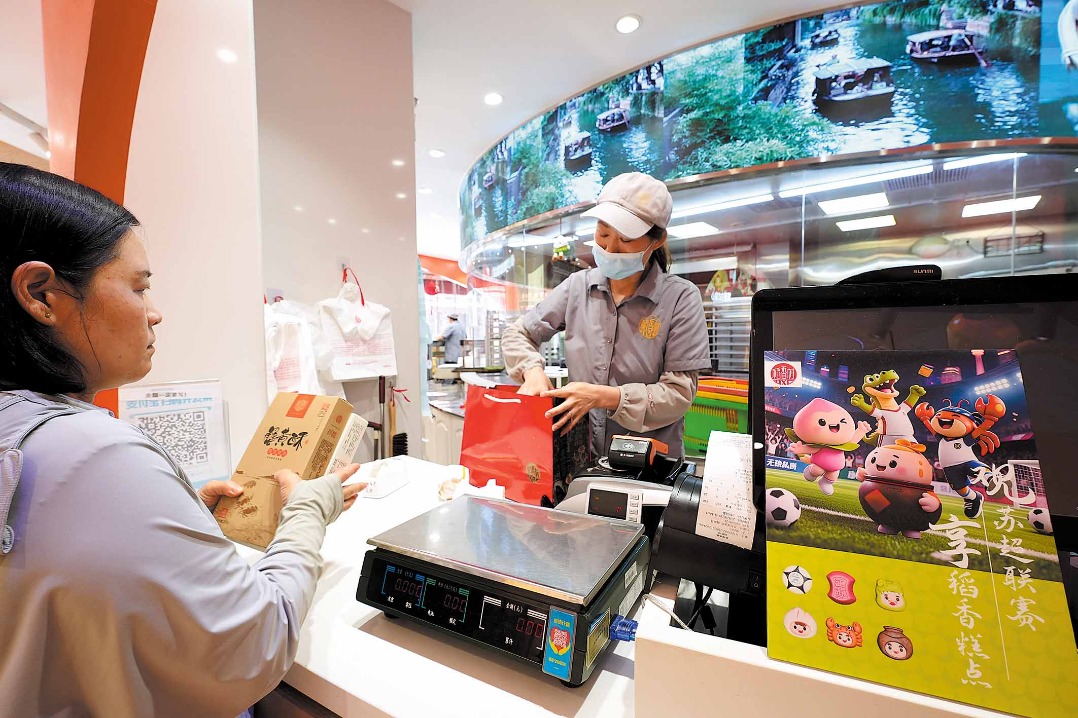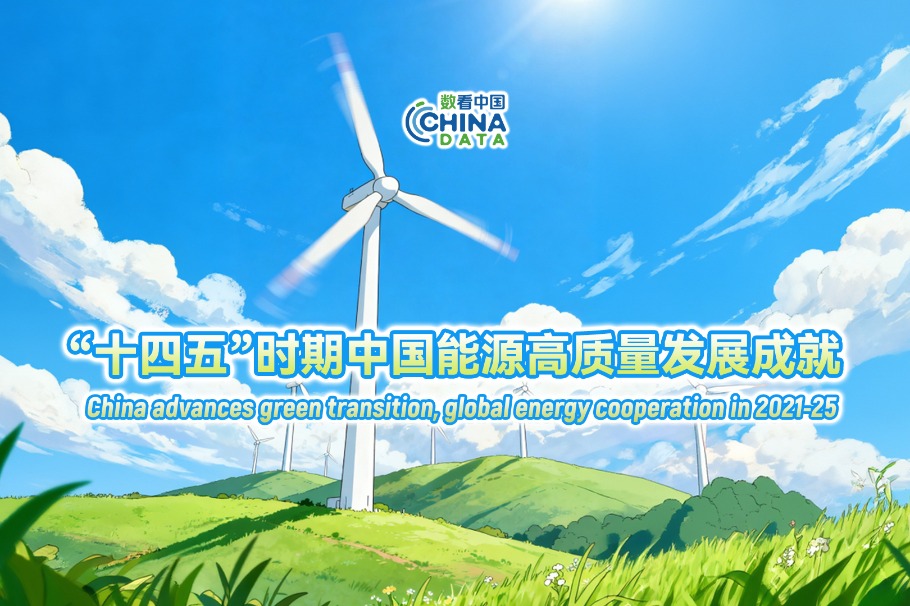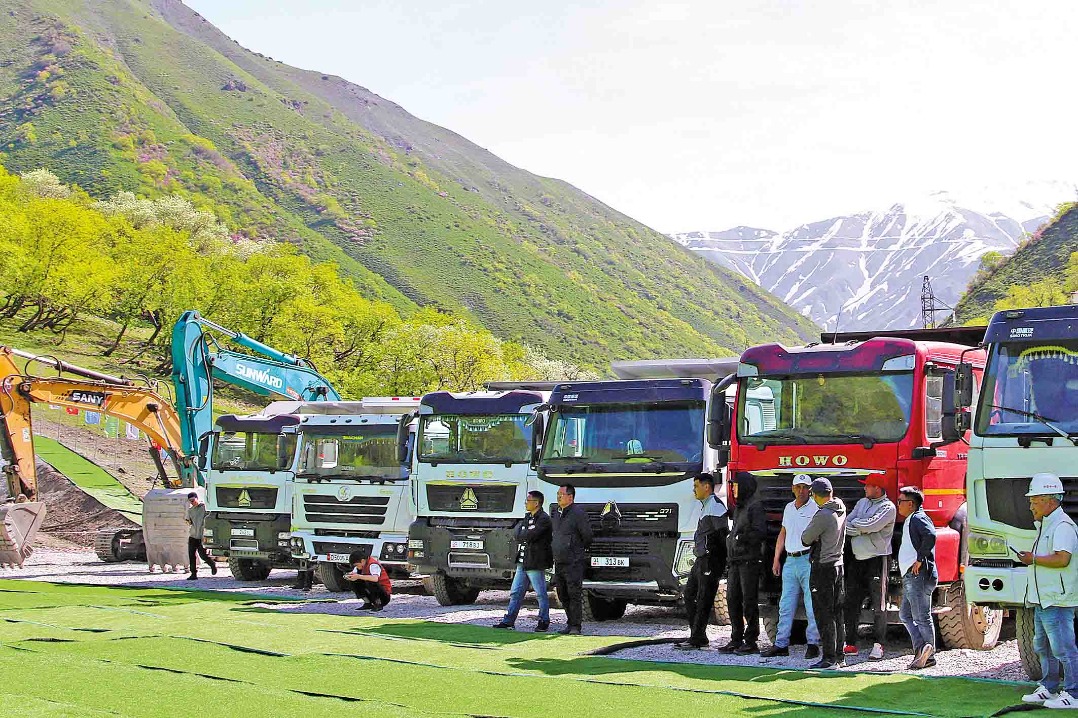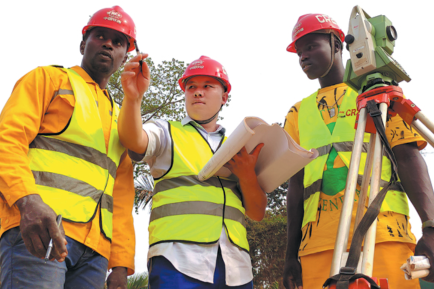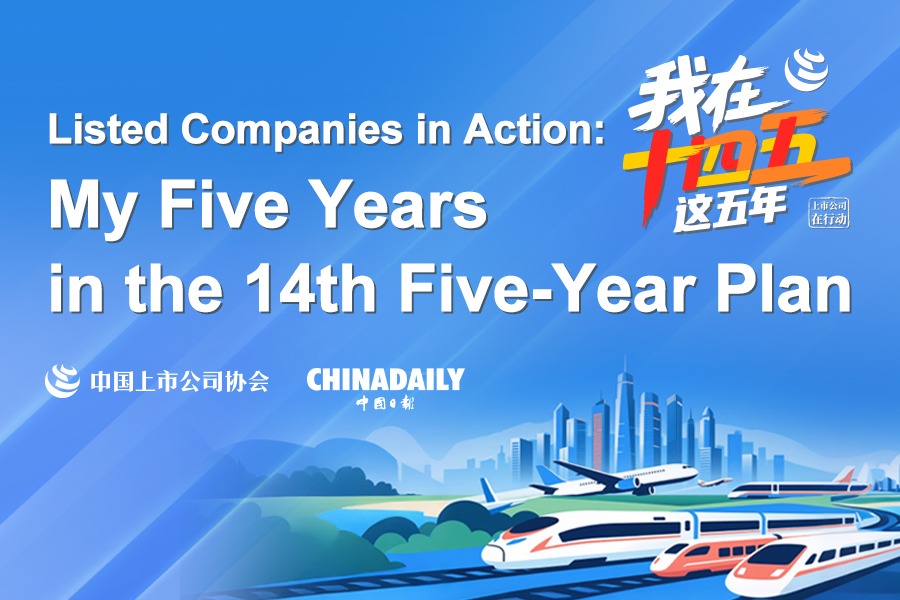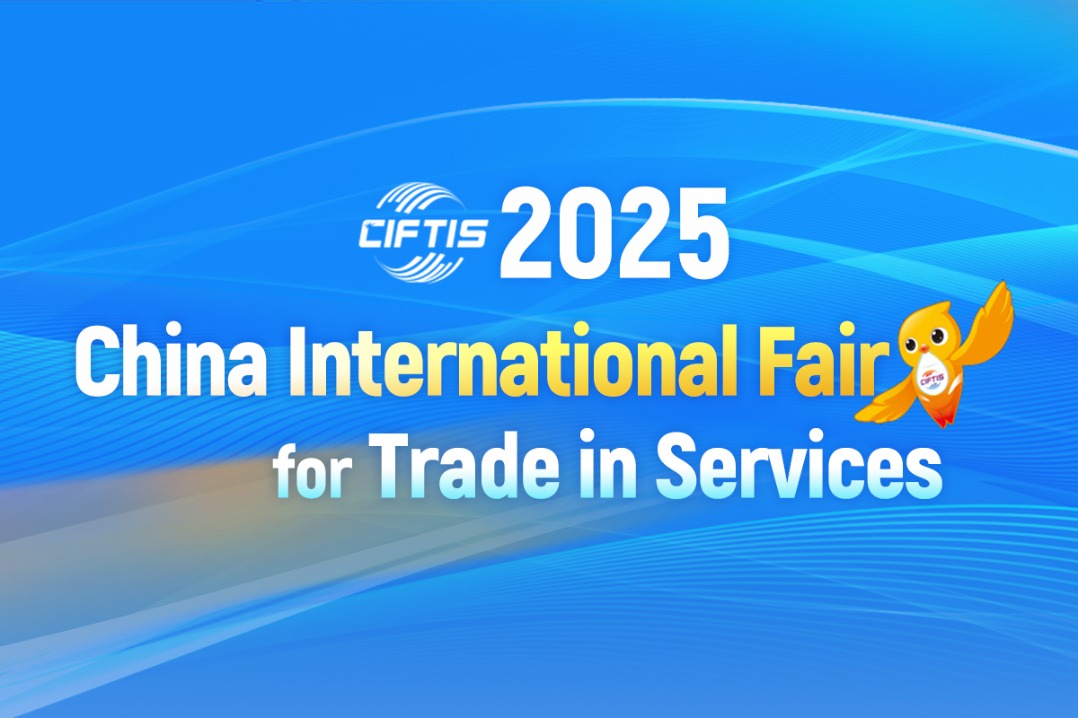China unveils roadmap for 85% passenger NEV sales

New energy vehicles are expected to make up 85 percent of new passenger car sales and Level 4 autonomous vehicles will be commonplace by 2040, according to the Technology Roadmap 3.0 for Energy-saving and New Energy Vehicles released on Wednesday.
The blueprint — compiled by more than 2,000 experts organized by the China Society of Automotive Engineers with guidance from the Ministry of Industry and Information Technology — took over 18 months to complete.
It sets long-term targets for electrification, low-carbon development and intelligent connected vehicle technologies, reflecting China's ambition to lead the global auto transition.
The roadmap projects that new energy vehicles will become the mainstream of China's auto market within the next 5 to 15 years.
By 2040, NEVs are expected to account for more than 85 percent of new passenger vehicle sales, with battery electric vehicles contributing around 80 percent of that total.
The use of new energy commercial vehicles will expand from urban and short-distance applications to medium- and long-haul transport.
At the same time, internal combustion engines are expected to remain an important part of China's automotive mix.
By 2035, all conventional fuel passenger cars are expected to be hybrid-powered, and even by 2040, vehicles equipped with internal combustion engines — including hybrids, plug-in hybrids and range-extended electric vehicles — will still represent about one-third of new passenger vehicle sales.
The roadmap also underscores China's accelerating progress in autonomous and connected vehicle technologies.
By 2040, Level 4 autonomous vehicles are expected to be widely adopted, while Level 5 fully autonomous models will start entering the market.
It anticipates major advances in connectivity, safety and reliability, paving the way for large-scale deployment of driverless mobility.
The latest roadmap follows the release of version 2.0 in 2020, further detailing China's technological priorities as the country balances its push for electrification with continued innovation in efficient combustion engines.

















